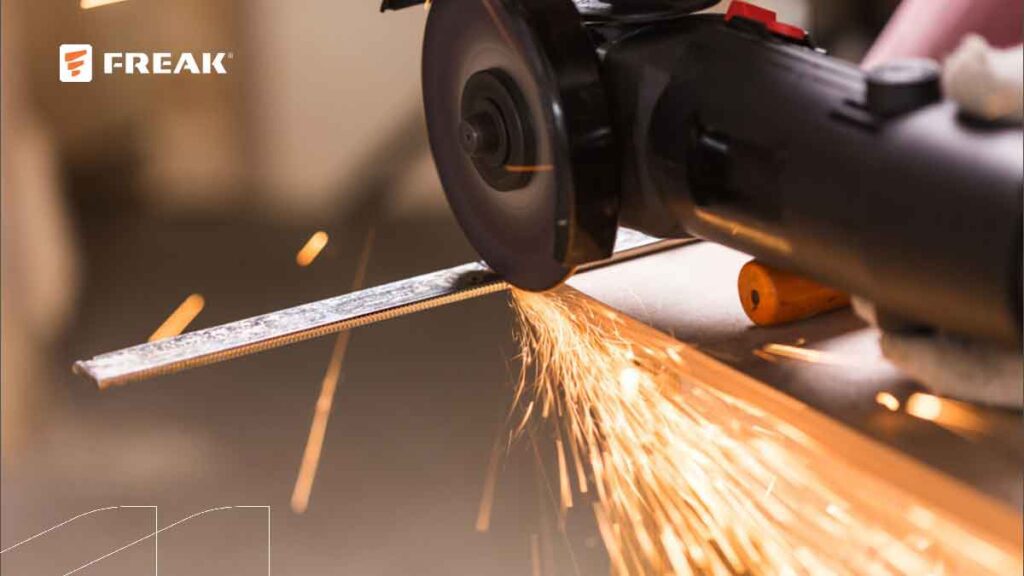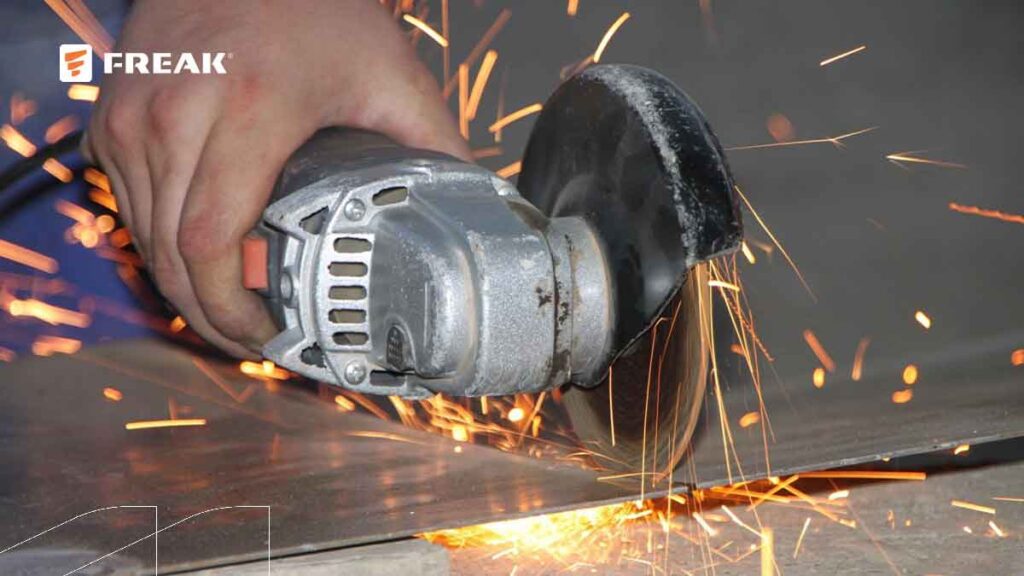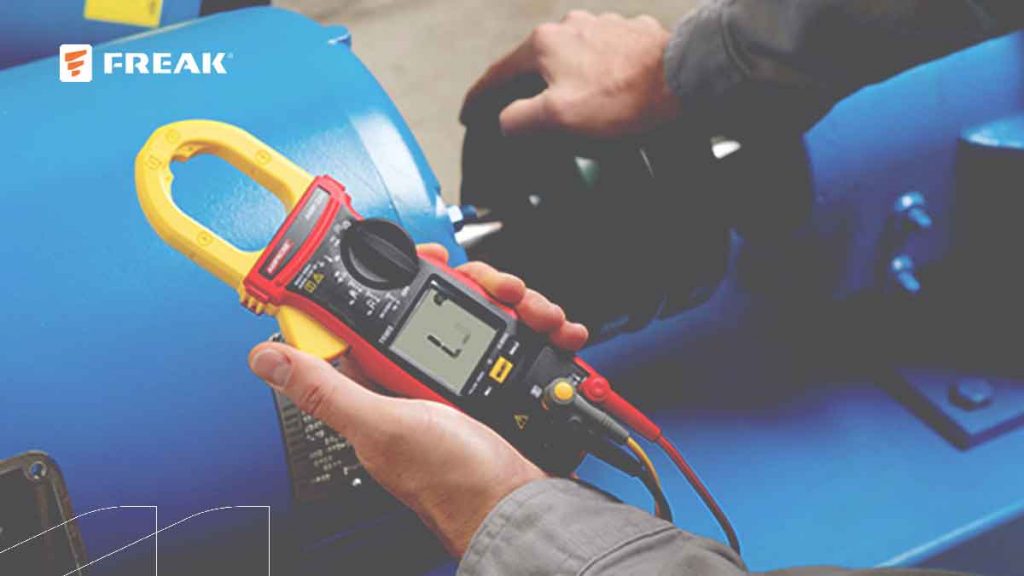Introduction
What is the Best Way to Cut Iron Sheet? Iron sheets are widely used in construction, fabrication, and various DIY projects due to their strength and versatility. However, cutting iron sheets can be a challenging task if not done properly. In this article, we will explore the best methods and tools for cutting iron sheets effectively and safely.
Understanding Iron Sheets
2.1 What are Iron Sheets?
Iron sheets, also known as steel sheets or metal plates, are flat pieces of iron that come in various thicknesses. They are commonly used in industries to create structures like roofs, walls, and fences, as well as for artistic and functional projects.
2.2 Types of Iron Sheets
There are different types of iron sheets available in the market, including mild steel, stainless steel, and galvanized steel. Each type has specific properties and is suited for various applications.
Tools for Cutting Iron Sheets

When it comes to cutting iron sheets, using the right tools is crucial to achieving clean and precise cuts.
3.1 Angle Grinder
An angle grinder equipped with a metal cutting disc is a popular choice for cutting iron sheets. It is portable, easy to use, and can make both straight cuts and intricate shapes.
3.2 Plasma Cutter
For professional and industrial settings, a plasma cutter offers a high-precision cutting method. It uses ionized gas to cut through the metal and is best suited for thicker iron sheets.
3.3 Circular Saw
A circular saw with a carbide-tipped blade can be used for cutting thinner iron sheets. It is essential to use the correct blade and maintain a steady hand for accurate cuts.
3.4 Shearing Machine
A shearing machine is an ideal choice for cutting large volumes of iron sheets quickly and efficiently. It can make straight cuts with minimal distortion.
3.5 Chisel and Hammer
For small DIY projects or when other tools are not available, a chisel and hammer can be used to cut iron sheets manually. This method requires more effort and time but can be effective for simple cuts.
Safety Precautions
Safety should always be a top priority when cutting iron sheets.
4.1 Wear Proper Protective Gear
Before starting the cutting process, wear safety goggles, ear protection, gloves, and a dust mask to protect yourself from potential hazards.
4.2 Work in a Well-Ventilated Area
Cutting iron sheets can produce fumes and dust. Therefore, work in a well-ventilated space or wear a respirator to avoid inhaling harmful particles.
4.3 Check the Material for Hazards
Inspect the iron sheet for any flammable coatings or materials that may pose a safety risk during cutting. Remove any potential hazards before starting.
4.4 Secure the Iron Sheet Firmly
Ensure the iron sheet is securely clamped or held in place before cutting to prevent any accidental movement during the process.
Step-by-Step Guide to Cutting Iron Sheet

5.1 Marking the Cut Line
Begin by marking the cut line on the iron sheet using a straightedge or a marker. Double-check the measurements to ensure accuracy.
5.2 Set Up the Cutting Tool
Depending on the chosen cutting method, set up the angle grinder, plasma cutter, circular saw, or shearing machine with the appropriate blade or disc.
5.3 Cutting the Iron Sheet
Slowly and steadily, guide the cutting tool along the marked cut line. Let the tool do the work and avoid applying excessive pressure to prevent overheating.
Finishing the Cut Edge
After cutting, the edge of the iron sheet may be rough or sharp. Use a file or a grinder to smooth out the edge and remove any burrs for a clean finish.
Best Practices for Cutting Iron Sheets
- Always read the user manual and safety guidelines for the cutting tool before use.
- Start with a small test cut to ensure the chosen tool and settings are suitable for the thickness of the iron sheet.
- Use the appropriate speed and cutting settings for the specific type of iron sheet being cut.
- If using an angle grinder, move the tool in a continuous motion to avoid leaving marks on the surface.
- Regularly inspect the cutting tool and replace worn-out blades or discs to maintain efficiency and safety.
Troubleshooting Common Issues
8.1 Uneven Cuts
Uneven cuts can result from using improper cutting techniques or a dull cutting tool. Ensure the tool is well-maintained and use a steady hand to achieve even cuts.
8.2 Excessive Heat
Excessive heat during cutting can lead to metal warping and damage. Use the appropriate cutting speed and technique to prevent overheating.
8.3 Material Warping
When using a plasma cutter, be cautious of material warping due to the intense heat. Use a heat-resistant backing material or adjust the cutting speed to minimize warping.
Different Applications for Cut Iron Sheets
Cut iron sheets find applications in various industries and DIY projects, including:
- Roofing and siding for buildings
- Fabrication of metal furniture and decorative items
- Automotive body panels and frames
- Construction of metal gates and fences
- Industrial machinery and equipment parts
Conclusion
Cutting iron sheets is a fundamental skill for anyone working with metal. By following the right techniques and using appropriate tools, you can achieve clean and precise cuts on different types of iron sheets. Always prioritize safety and wear protective gear to prevent any accidents during the cutting process.
FAQs
- Q: Can I cut thick iron sheets with a circular saw?
- A: While it is possible, it is more suitable for thinner iron sheets. For thicker sheets, an angle grinder or plasma cutter is recommended.
- Q: How do I prevent sparks while cutting iron sheets?
- A: Using a plasma cutter or angle grinder with the right settings and appropriate discs can help minimize sparks during cutting.
- Q: What is the maximum thickness of iron sheet that can be cut with a shearing machine?
- A: The maximum thickness varies depending on the specific shearing machine, but it is generally around 12mm to 16mm.
- Q: Can I cut curves and intricate shapes with a plasma cutter?
- A: Yes, a plasma cutter can cut intricate shapes, making it suitable for artistic projects and metal fabrication.
- Q: Do I need to wear gloves when using a plasma cutter?
- A: Yes, wearing gloves is essential to protect your hands from potential sparks and heat generated during the cutting process.
Get Access Now: https://bit.ly/J_Umma


